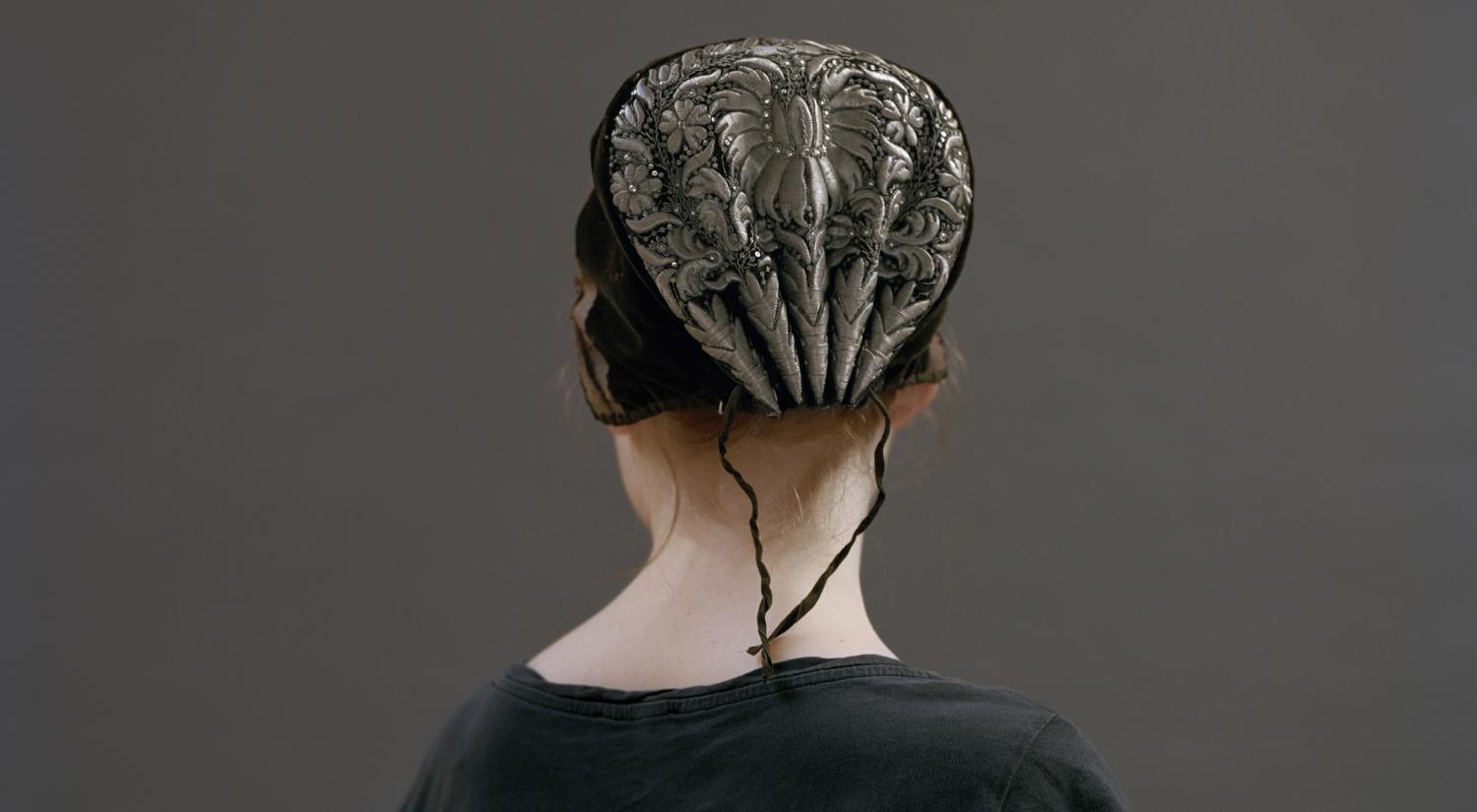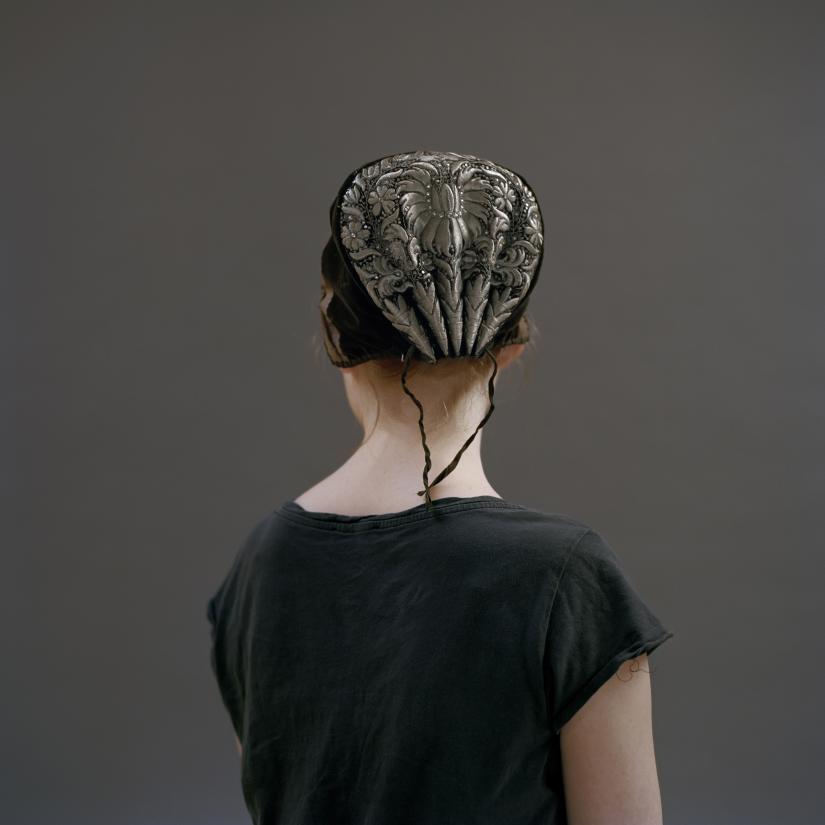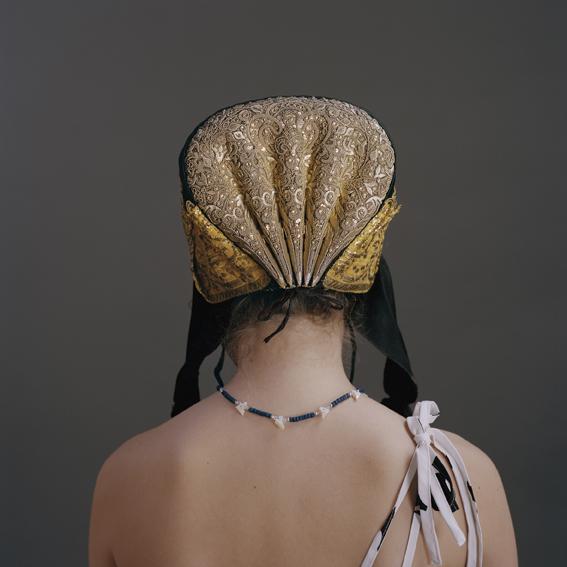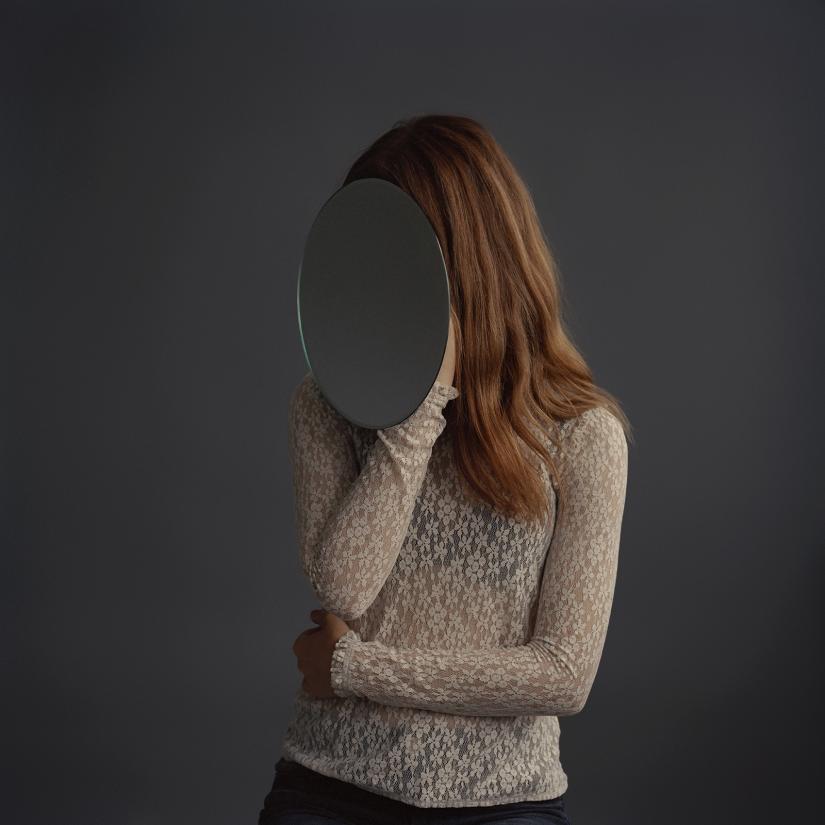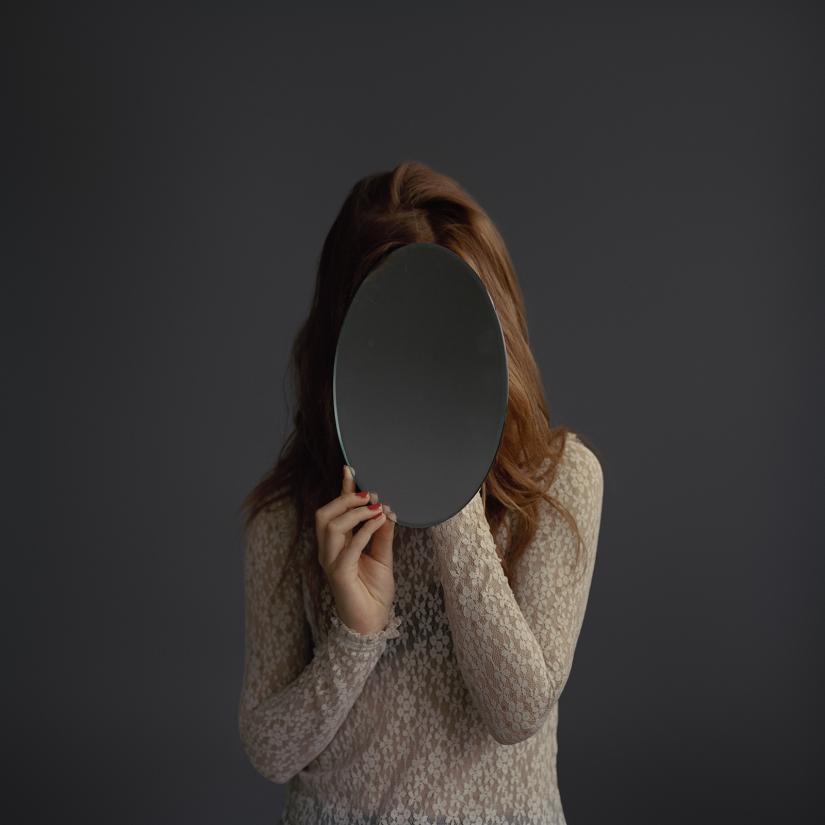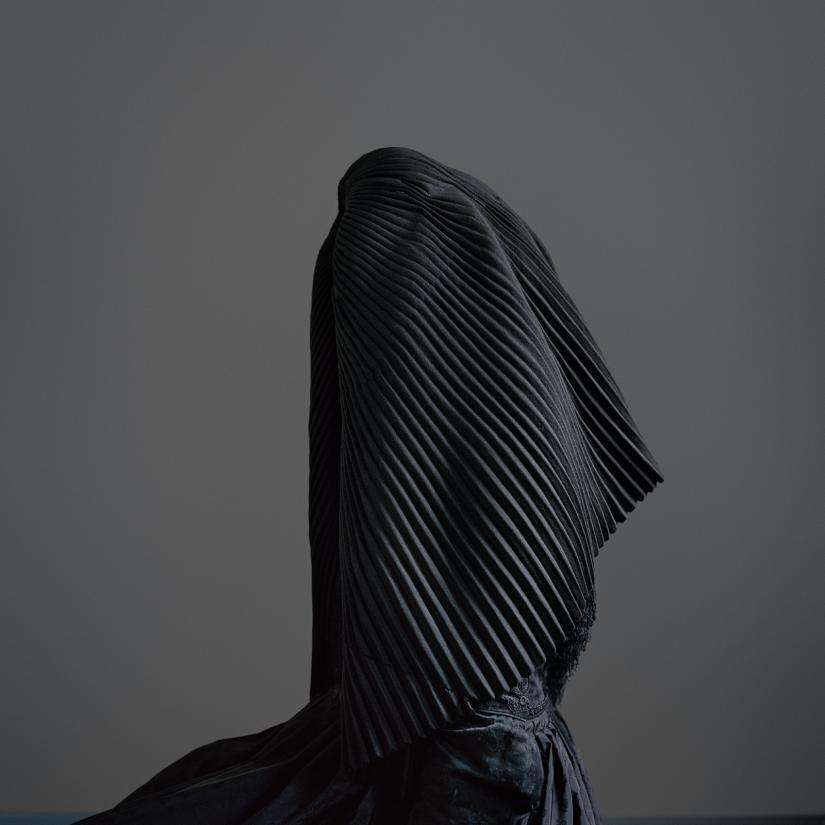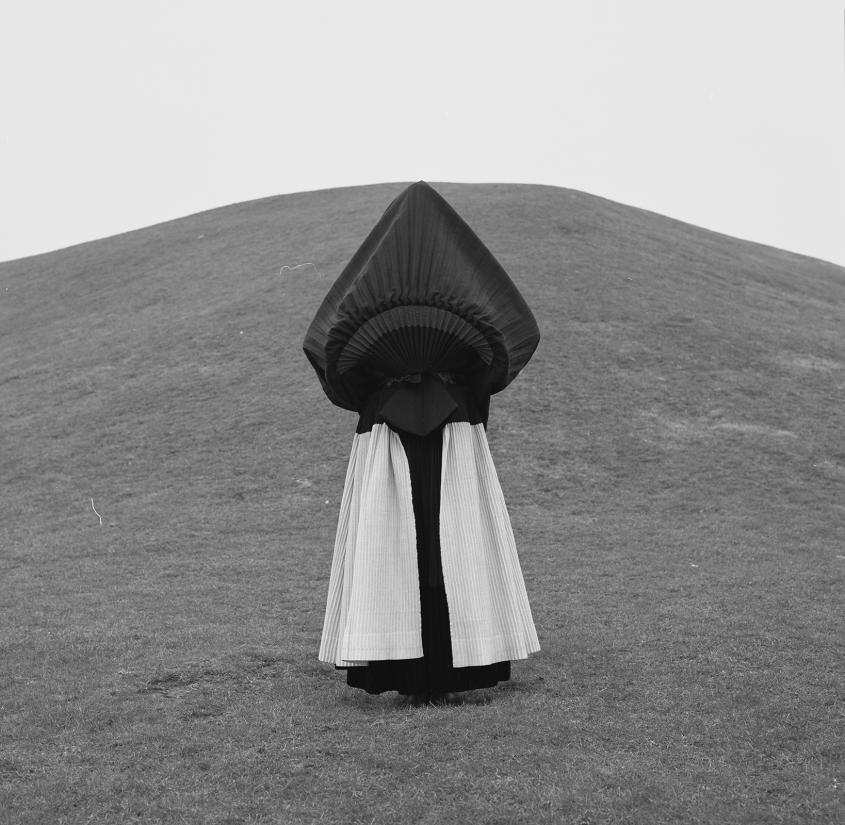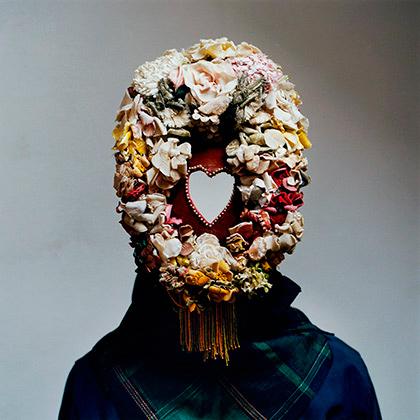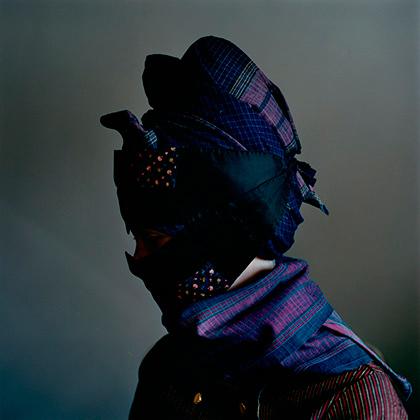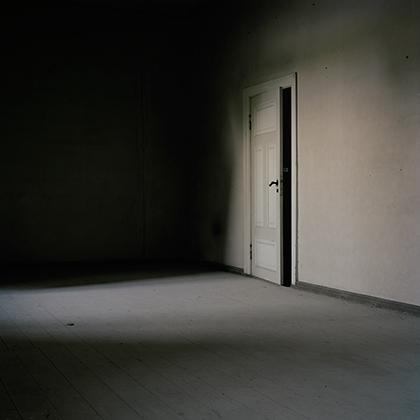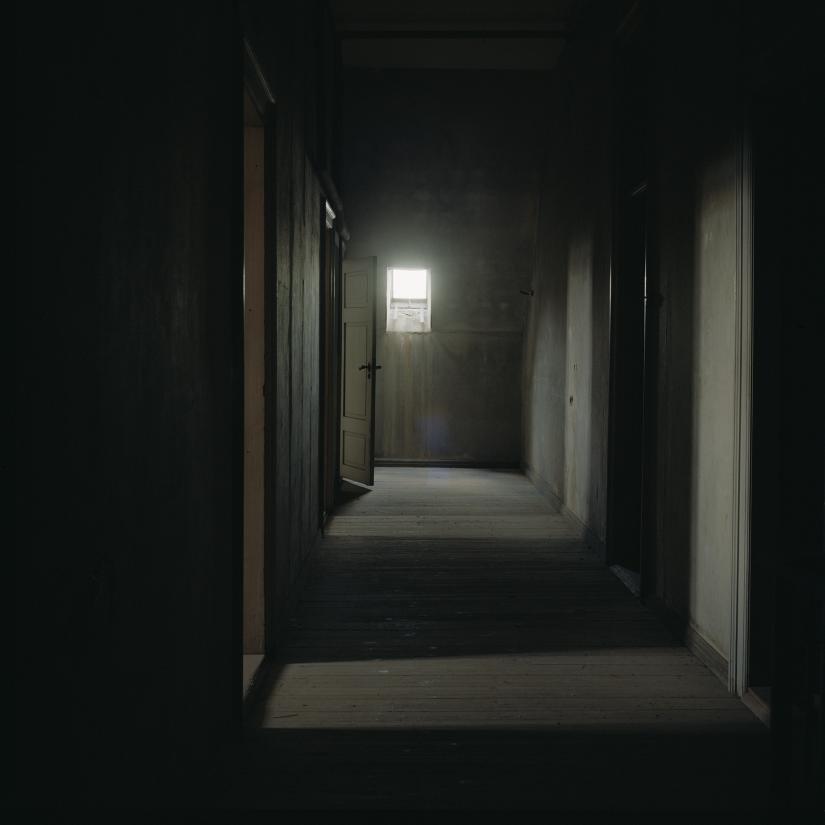The collection of the National Museum of Photography already features works by the respected photo artist Trine Søndergaard’s early work, including works from her breakthrough series: Now that you are mine (1997–2000), which demonstrates Søndergaard’s talent for sensitive and visually impactful documentarism, and her early portrait series Monochrome Portraits (2009), which explores the phenomenon of private space and private moments. With the grant from the New Carlsberg Foundation, 14 selected works from Søndergaard’s recent and contemporary oeuvre are now added to the collection. The newly added works continue the thematic line from her earlier work, addressing the private sphere as an inner space.
The donation consists of works from Søndergaard’s portrait series Strude (2008–2010), Guldnakke/Interior (Gold Nape/Interiors) (2012–2013), Dress of Mourning (2016) and Reflections (2014/2015) as well as interior photos that are part of the artist’s ongoing work.
Inner life
The series represented by the collection of works are thematically interwoven to form a study of how a person’s exterior appearance, as depicted in a portrait, can both convey and conceal the person’s inner life. Strude portrays young women wearing the traditional costume from the Danish island of Fanø, which included a scarf worn like a mask to offer protection from inclement weather. The series was created during a time when the public debate about religious headgear was often highly politicized, and it has therefore been interpreted as a comment on the relationship between personal and public aspects of the way we look and dress. The photos of the covered faces, gaze averted, breaks with the conventions of traditional portraits with their congenial frontal orientation and thus also come across as a reflection on the genre. The same theme is continued in Guldnakke, which portrays girls wearing traditional Danish bonnets. The elaborate bonnets contrast the girl’s contemporary clothing and thus takes on an alien character. Dress of Mourning depicts women wearing mourning. Thus, both portraits series address the dual function of clothing as cultural signifier and personal expression. In Reflections the women wear contemporary clothing, but in a protective gesture they have placed mirrors in front of their faces. The interiors – empty rooms reminiscent of Hammershøi’s paintings – appear as silent interpretations of emotional inner spaces.
Impersonal women
Søndergaard’s portraits of young women and girls are impersonal in the sense that we cannot recognize the portrayed person as an individual. Instead the photos appear as subtle statements about the private, personal space that remains invisible. Seen together, the works may thus be regarded as a comment on the hypervisibility of today’s society, as manifested in widespread surveillance and the selfie culture. We are constantly translating our internal life into easily decoded icons in portraits or emojis. Søndergaard’s portraits remind us that visibility comes at a price and insist on the existence of something deeper, which eludes attempts at depiction.
About Trine Søndergaard
Trine Søndergaard (b. 1972) lives and works in Copenhagen and is widely regarded as one of Denmark’s leading photo artists. Among other honours, she was awarded the Albert Renger-Patzsch Prize in 2000 and the New Carlsberg Foundation’s Artist Grant in 2017. Her work is well represented around the world, including at the MUSAC in León, the Gothenburg Museum of Art, The National Museum of Norway, The Israel Museum and Maison Européenne de la Photographie in France.
